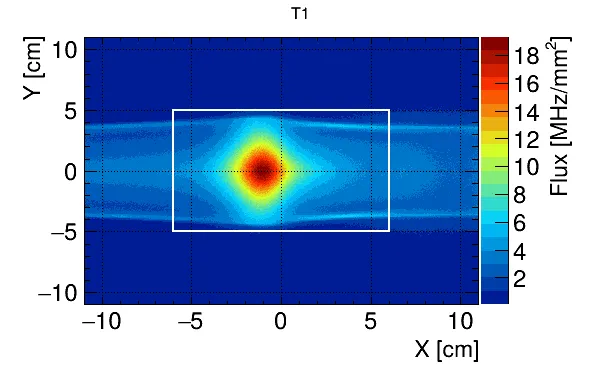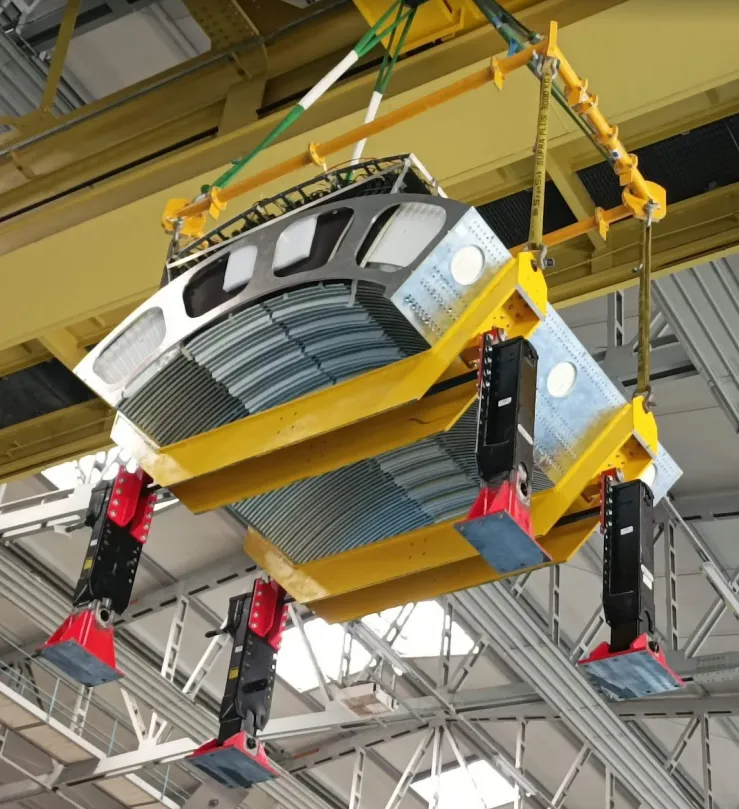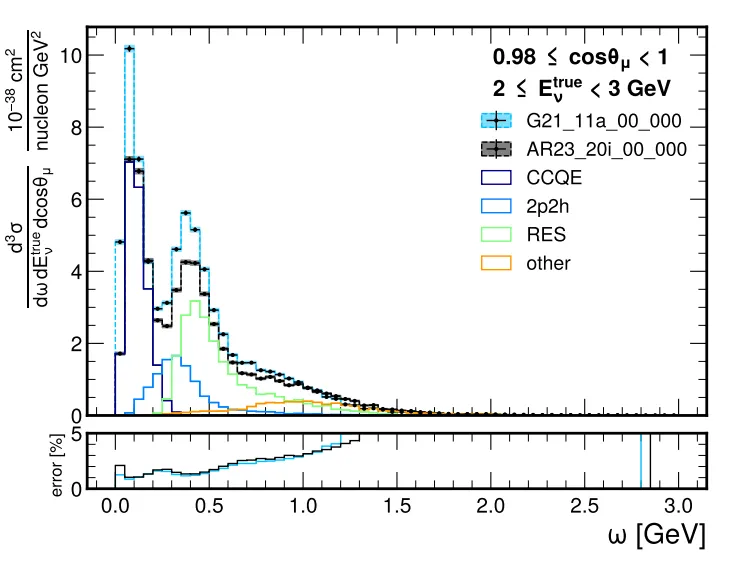About nuSCOPE
The Beamline WG is responsible for the design and optimization of the nuSCOPE beamline and its components. Its scope includes the follow-up of the on-site implementation work, as well as the ongoing analyses related to the radiation protection aspects. In particular, the activity of the working group also includes the study of flux systematics and the characterization of the taggable neutrino flux, ensuring that the facility delivers the precision required for nuSCOPE’s physics program.




The Beamline Detector WG coordinates the activities related to the detectors that instrument the beamline: high-rate silicon trackers, calorimeters optimized for lepton identification, and an instrumented hadron dump for muon monitoring. The working group’s activities encompass hardware developments (including test-beam campaigns), detector simulations, and reconstruction algorithms. The group works closely with the Beamline and Physics WGs to maximize the scientific program of nuSCOPE.


The Physics and Neutrino Detector WG conducts studies to assess the sensitivity of the nuSCOPE experiment to different physics goals. With the unprecedented capability of measuring the neutrino energy on an event-by-event basis, nuSCOPE opens up a plethora of studies which were not possible before. These include, but are not limited to:
- “electron-scattering”-like measurements, which allow us to study the dynamics of neutrino-nucleus interaction channels at GeV energy (making use of the known incoming neutrino energy),
- measurement of the neutrino energy bias for future oscillation experiments (such as DUNE and HK),
- BSM physics scenarios, including searches for HNLs and fast neutrino oscillations,
- potential measurements of nuclear PDFs.
The WG also oversees the development of the simulation software and framework used in these sensitivity studies, and contributes to defining the neutrino detector specifications and technical implementation.